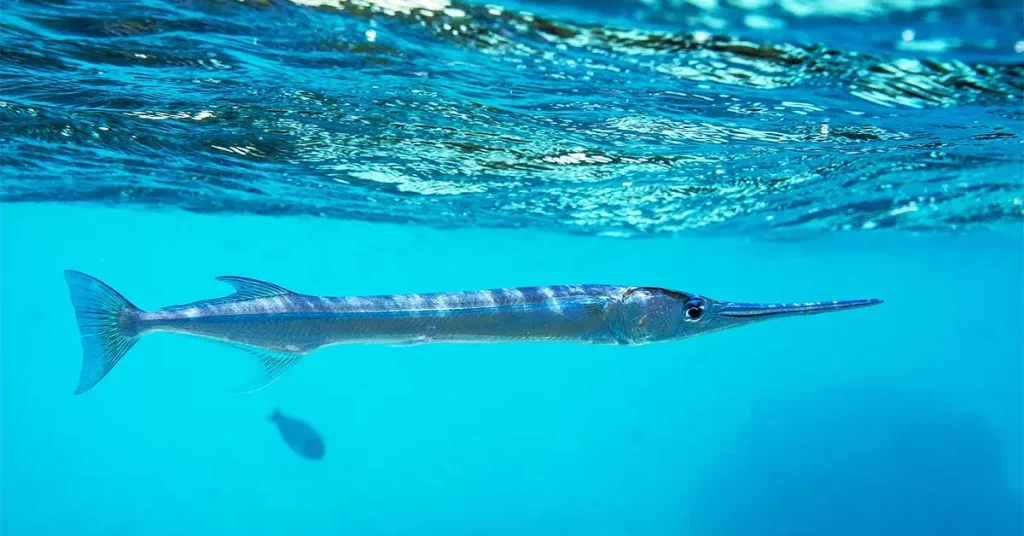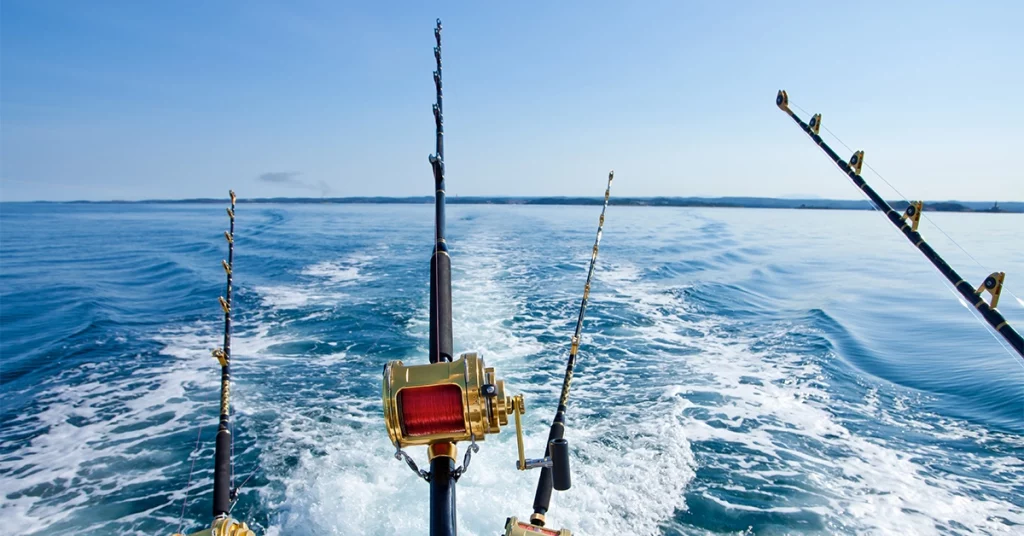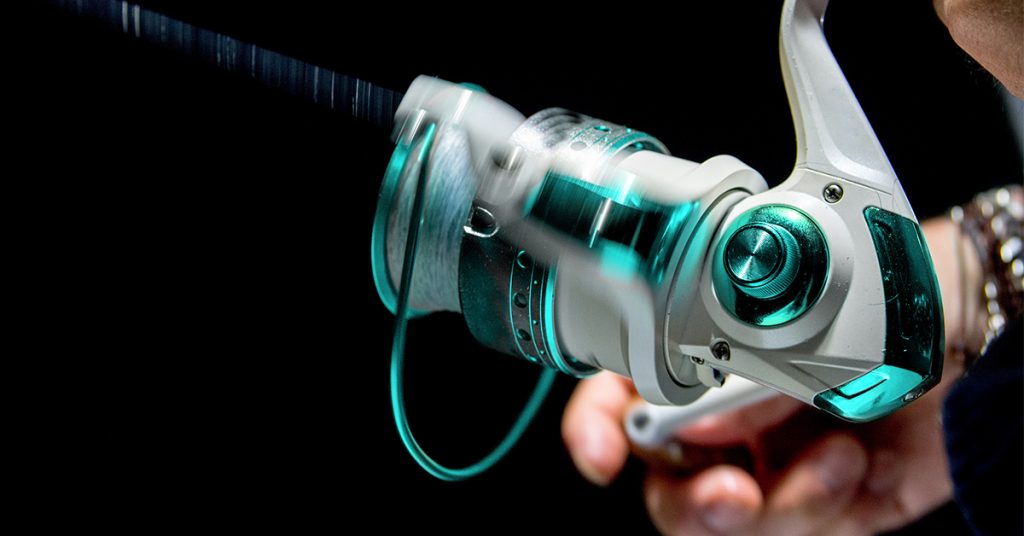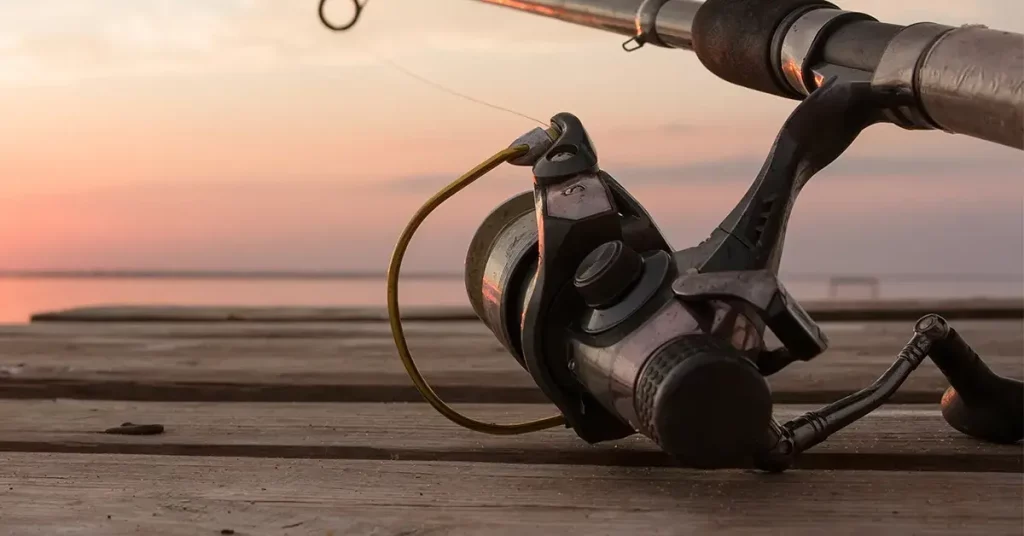Houndfish, also called Crocodile Needlefish or Mexican Needlefish, are long, cigar-shaped gamefish with distinctive looking beaks and dark blue backs. They’re the largest species in the Belonidae family, growing up to 5 feet in length and 10 pounds in weight.
While they’re quite long and thin, the houndfish actually has a stouter body and shorter head than other needlefish. They’re sought after by many anglers as a gamefish, and can be caught using artificial lights.
They’re common throughout tropical and warm-temperate waters around the globe, and on the East Coast are common from New Jersey down to Brazil. They’re surface feeders, and tend to congregate in shallow coastal waters near shore.
Let’s take a look at this impressive looking gamefish in more detail – so you’ll know how to locate, catch and cook houndfish.
Houndfish Description
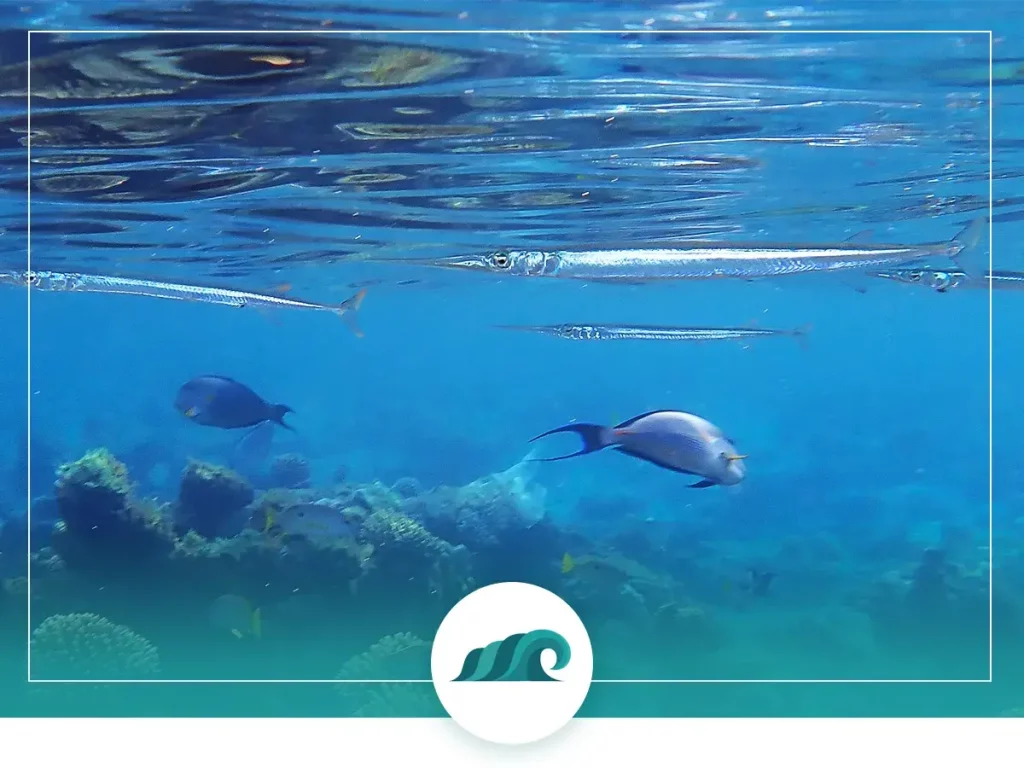
Houndfish are the most widely distributed needlefish species on the planet. They’re found in oceans around the globe, including much of the East Atlantic, the African coastline, the Indian Ocean, and the Pacific Ocean from Japan down to New South Wales, Australia.
Houndfish have dark blue and green backs, with slivery-white sides and bellies. They’re completely carnivorous and feed on smaller baitfish like anchovies and sardines. Thanks to their jumping abilities, have been known to target flying fish.
They tend to form small schools near the surface, and like other needlefish feature an impressive set of razor-sharp teeth. They’re a fast breeding species, and are plentiful and not endangered anywhere in the world.
The world record for Houndfish length is 4.9 feet long and the largest recorded weight is 14 lbs.
Houndfish Habitat
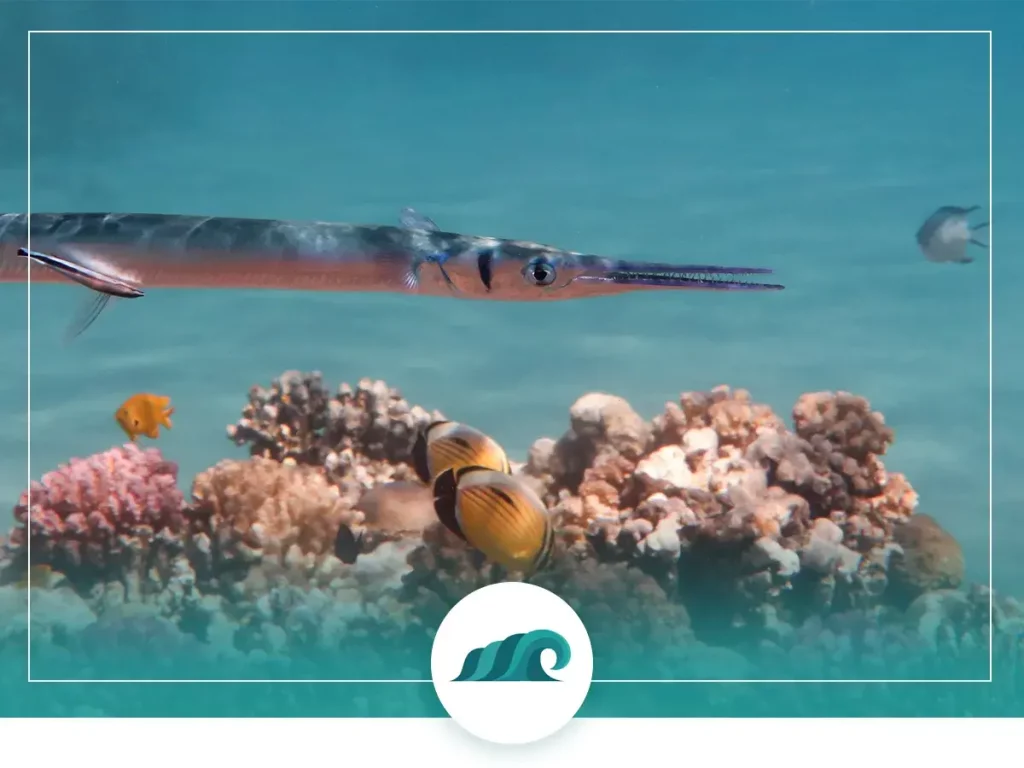
Houndfish prefer shallow water just below the surface. There typically found anywhere between the surface and 50 feet deep, and are attracted to both artificial and natural light. They’re strong swimmers and jumpers, and have a habit of jumping over floating objects on the surface.
They can often be found swimming around reefs and lagoons feeding on smaller fish, either by themselves or in small schools. They lay eggs that attach themselves to objects near the surface with small tendrils.
Crocodile Needlefish Dangers
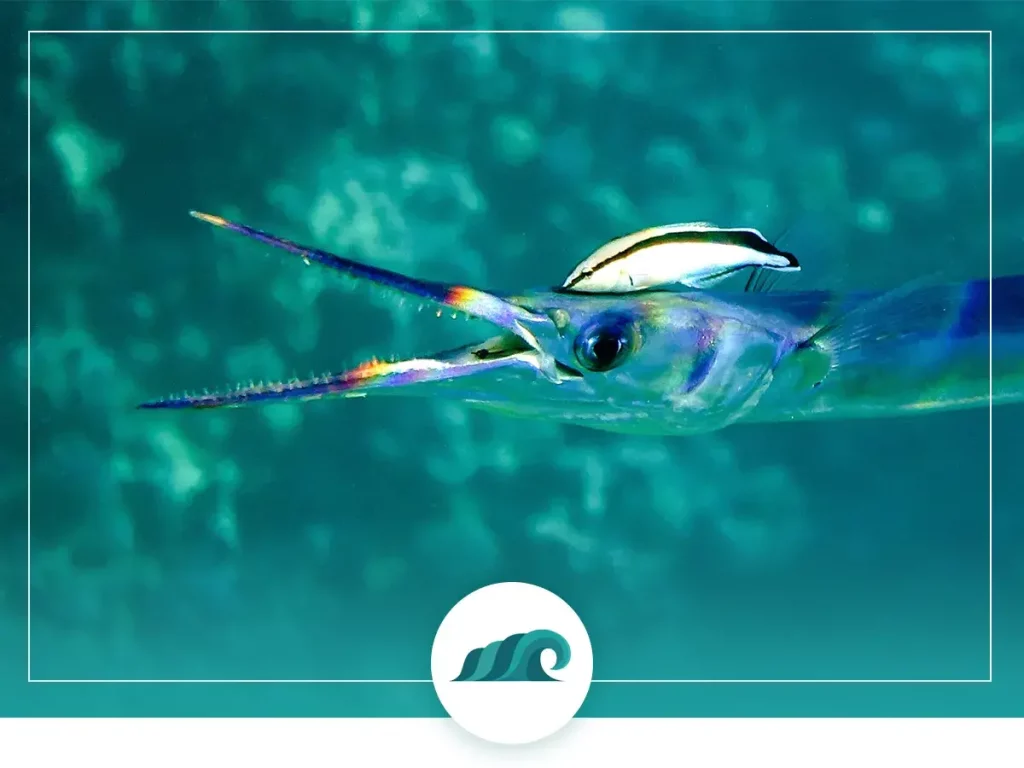
Crocodile needlefish – like their name might suggest – can be dangerous to unaware boaters, kayakers, windsurfers, and fishermen. Some have even dubbed the Houndfish “the living javelin”.
The combination of a sword-like beak, razor-sharp teeth, and a habit of leaping through the air makes them a serious danger, especially for small boats at nighttime. Serious injuries and even deaths have been recorded in the past, mostly in the Caribbean where night fishing occurs on small skiffs using artificial light.
Bright artificial lights can encourage them to leap through the air, so avoid using these at nighttime if possible.
How to Catch Houndfish?
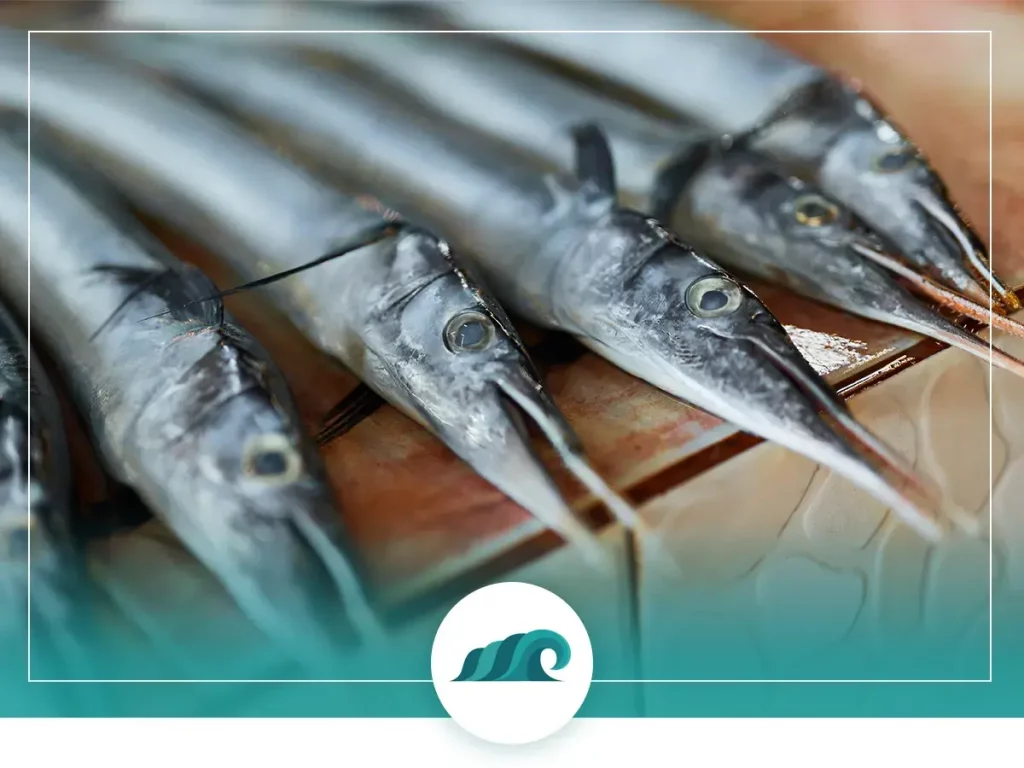
Houndfish are often caught by saltwater anglers targeting other nearshore pelagic species. They like live bait, and are not difficult or finnicky when it comes to attracting bites. Cut bait like shrimp or squid can also work well.
They tend to play with lures and bait before actually swallowing, so you’ll want to give them an opportunity to take your bait fully before you commit.
Due to their long beaks and small mouths, actually getting a good hookset can be challenging. Make sure to use smaller hooks that are sharp enough to penetrate the tough jaws.
Once you’ve hooked a houndfish – prepare for a great fight! The have the tendency to leap thought the air to escape, so let it tire itself out by jumping around before reeling it in.
Are Houndfish Good to Eat?
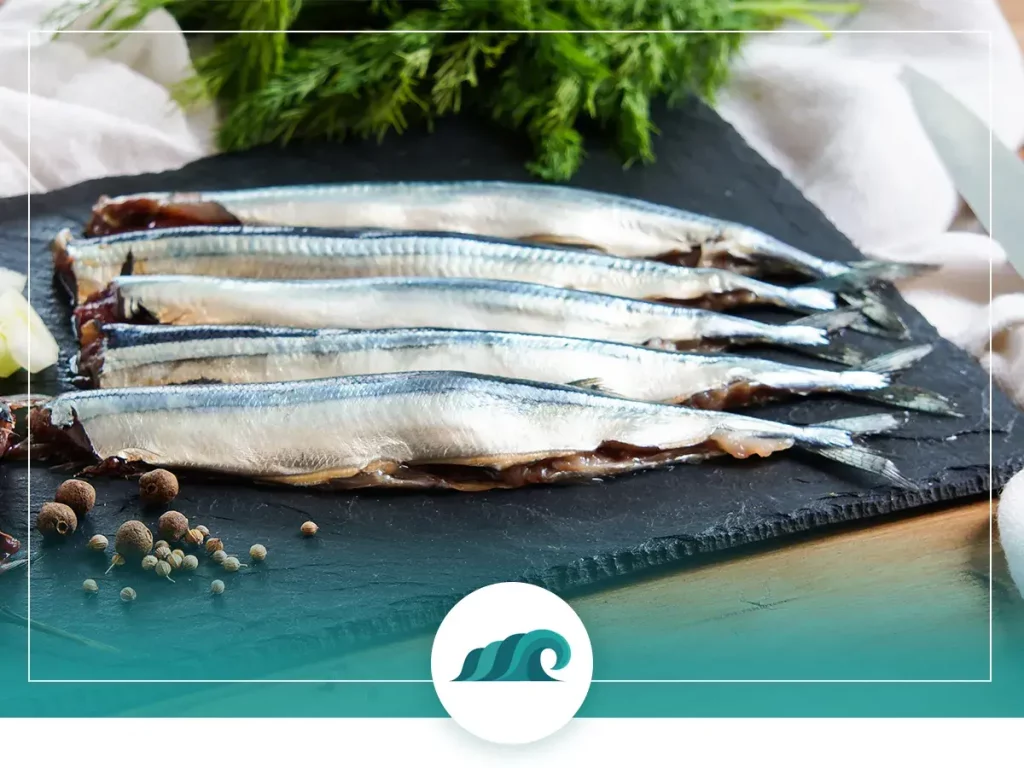
While they’re not well-known for being great table fare, Houndfish are actually quite tasty. They have greenish-grey colored flesh, which doesn’t make for the best-looking fillets to the untrained eye.
Most anglers toss them back after catching, but why not keep a few to fry up later on!
How to Clean Crocodile Needlefish?
They might be rather odd-looking fish, but houndfish aren’t that difficult to fillet. Follow these steps to clean a houndfish properly:
- Use your knife to make an incision along the body right behind the fin/gills area.
- Run your fillet knife down and away from the head towards the tail, cutting through the whole body as you go.
- When you hit the ribcage make short shallow slices to keep as much meat as possible.
- Cut through to the tail end.
- Repeat the process on the other side.
Pan Fried Houndfish Recipe
Houndfish can be prepared in a number of different ways, but perhaps the tastiest is a quick and dirty fry up. The meat comes out white, delicate, and flaky despite its aquamarine color when raw.
Ingredients:
- 6 to 8 Houndfish fillets
- Sea salt and fresh cracked pepper
- ¾ cup cornmeal
- 1 tbsp all-purpose flour
- Cooking oil
- ¼ tsp cayenne pepper
- Buttermilk
- Lemon, cut into wedges
Directions:
- Soak the houndfish fillets in buttermilk for at least 30 mins.
- Combine the cornmeal, flour, salt and pepper, and cayenne on a plate.
- Dredge the fillets in breading mixture and place on parchment paper.
- Heat cooking oil in a deep pan over medium heat until bubbling.
- Fry the fillets several at a time without crowding the pan.
- Remove from oil and place on paper towel.
- Serve immediately with lemon wedges.

